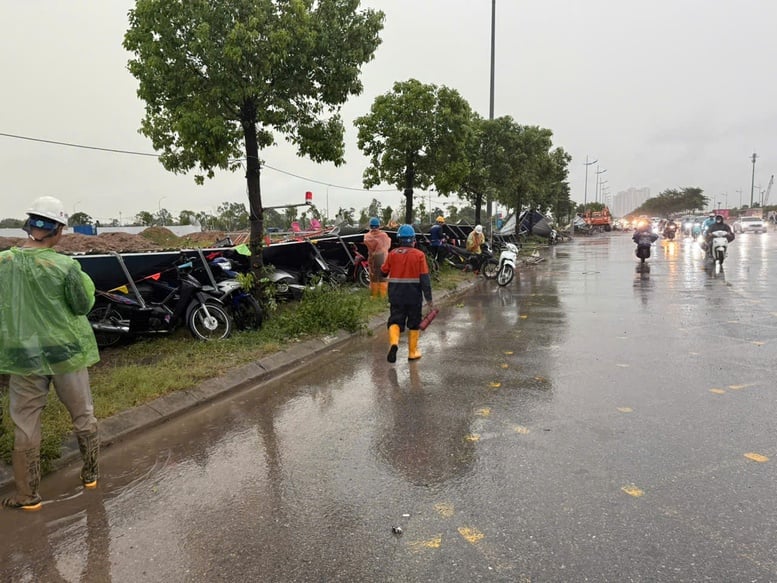
The storm at 4:30 p.m. in Hanoi affected many roads - Photo: VGP/Do Huong
The Ministry of Agriculture and Environment has just sent an official dispatch to the People's Committees of provinces and cities in the Northern region and coastal areas from Quang Ninh to Dak Lak and related ministries and branches on responding to storms in the East Sea.
According to the Ministry of Agriculture and Environment, storm Wipha has entered the East Sea and become storm number 3 with a level 9 intensity, gusting to level 12; the storm is forecast to continue to strengthen and is likely to affect and cause heavy rain in the Northern region in the coming days.
To proactively respond to storms and the risk of heavy rain, floods, inundation, flash floods, and landslides, the Ministry of Agriculture and Environment recommends that localities closely monitor the development of storms and strictly manage vessels going out to sea.
Organize counting and notify owners of vehicles and captains of ships and boats operating at sea of the location, direction of movement and developments of the storm so that they can proactively avoid, escape, not move into dangerous areas or return to safe shelters.
The danger zone in the next 24 hours is clearly stated from 18.0-23.0 degrees North latitude, East of 114.5 degrees East longitude (the danger zone is adjusted in the forecast bulletins).
Localities deploy work to ensure safety of people, vehicles, and property, especially for tourist destinations, aquaculture, fishing, and constructions at sea, on islands, and in coastal areas.
Based on the specific situation, localities proactively decide to ban fishing boats, transport ships, and tourist boats from going to sea and evacuate people from cages, rafts, and watchtowers for aquaculture along the coast, at sea, and on islands to ensure safety.
Ensuring safety of sea dykes and river dykes
For the mainland of the Northern and North Central regions, the Ministry of Agriculture and Environment recommends reviewing and preparing to evacuate people from unsafe housing, areas at risk of deep flooding, river mouths, and coastal areas. Ensure the safety of sea dykes and river dykes, especially vulnerable locations or those under construction.
"Actively drain buffer water, prevent flooding to protect agricultural production, urban areas and industrial zones at risk of flooding. Organize tree pruning; brace and reinforce signs, houses, public works, industrial zones, factories, warehouses, and projects under construction. Check, review, and take measures to ensure the safety of telecommunications systems and power grid systems to maintain operations without interruption before, during and after the storm," the dispatch emphasized.
For mountainous areas, the Ministry of Agriculture and Environment requires the deployment of shock forces to inspect and review residential areas along rivers, streams, low-lying areas, and areas at risk of flooding, flash floods, and landslides to proactively clear the flow of blocked and obstructed areas.
In addition to organizing the relocation and evacuation of people to safe places, localities have directed commune-level authorities to notify each household living in areas at risk of landslides and flash floods to check and review their surroundings to promptly detect unusual and dangerous signs in order to proactively evacuate them from dangerous areas.
The Ministry of Agriculture and Environment requests localities to direct inspection, review, and prepare plans to ensure the safety of mines, reservoirs, and downstream areas, especially small hydroelectric reservoirs, small irrigation reservoirs, and critical lakes. Arrange a permanent force to operate and regulate and be ready to handle possible situations.
Do Huong
Source: https://baochinhphu.vn/bao-so-3-wipha-giat-cap-12-bo-nnmt-de-nghi-ra-soat-san-sang-so-tan-nguoi-dan-102250719170848976.htm



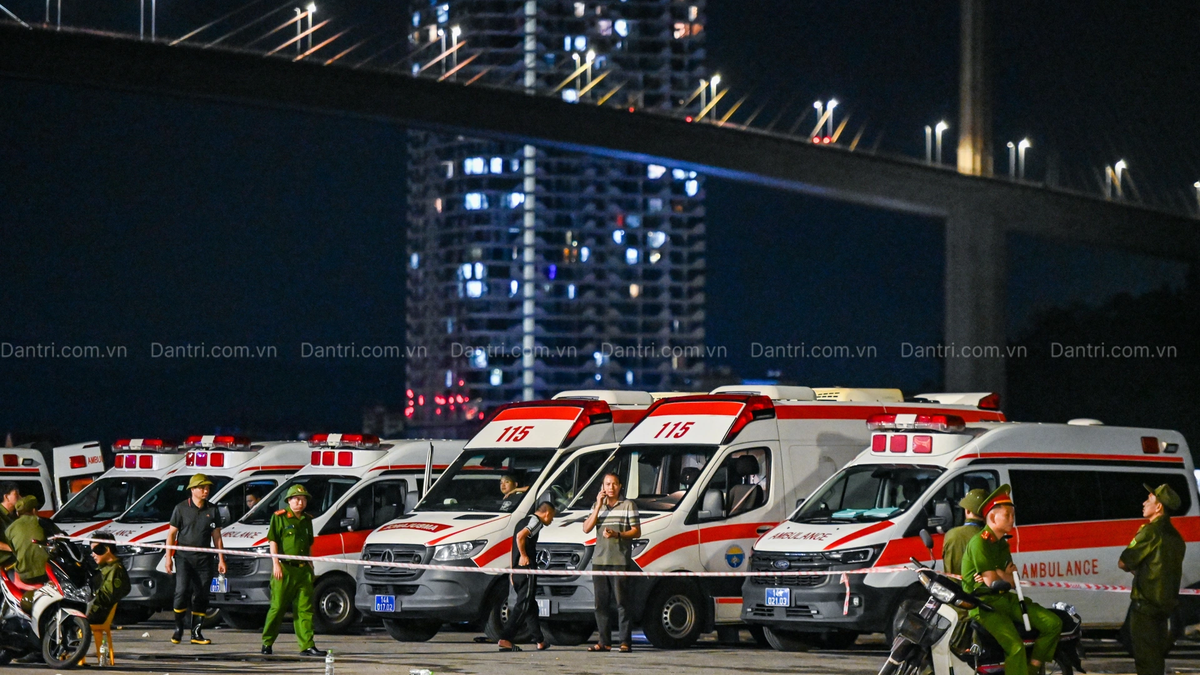


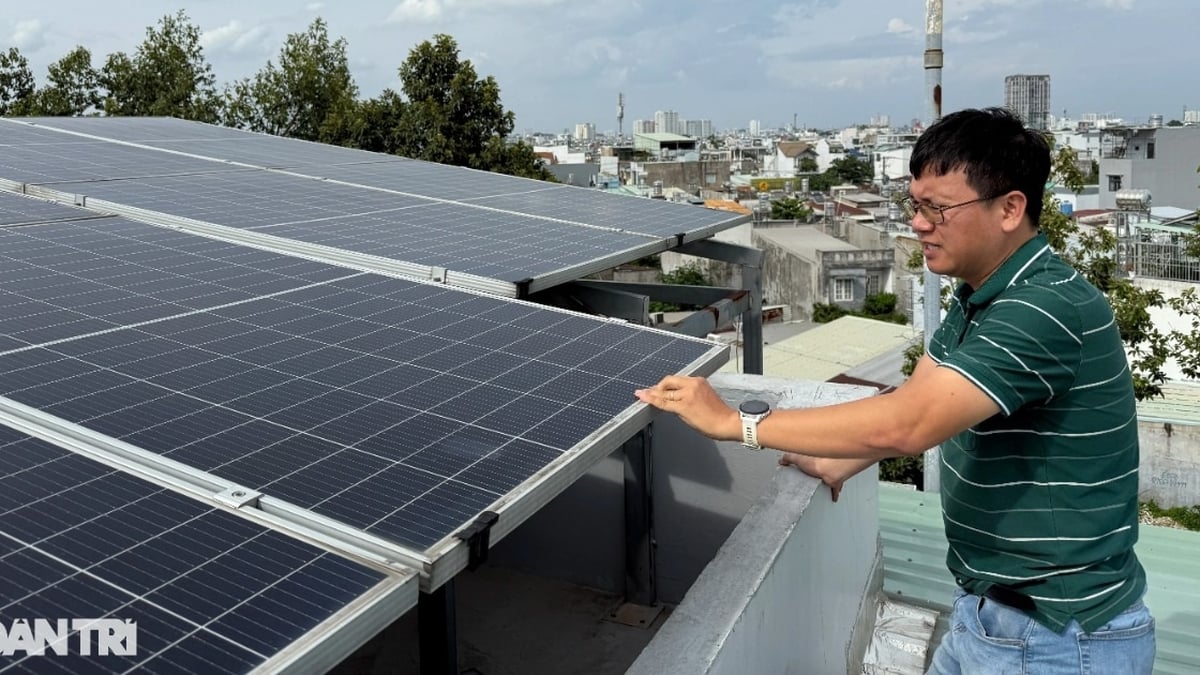


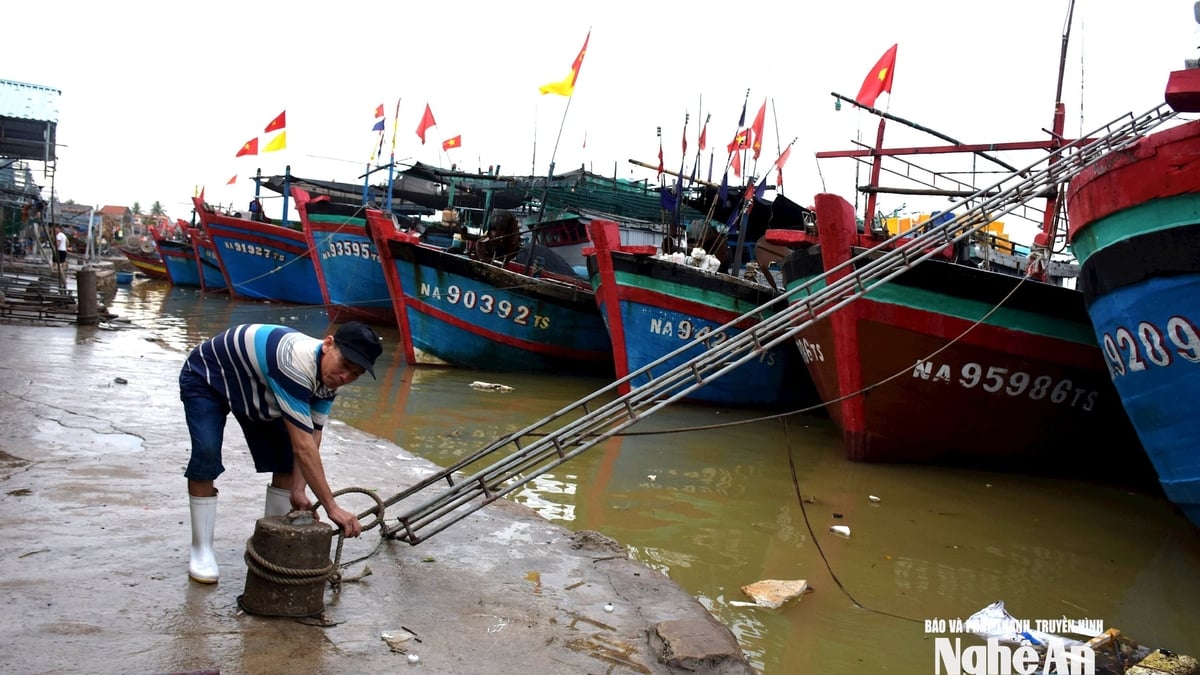
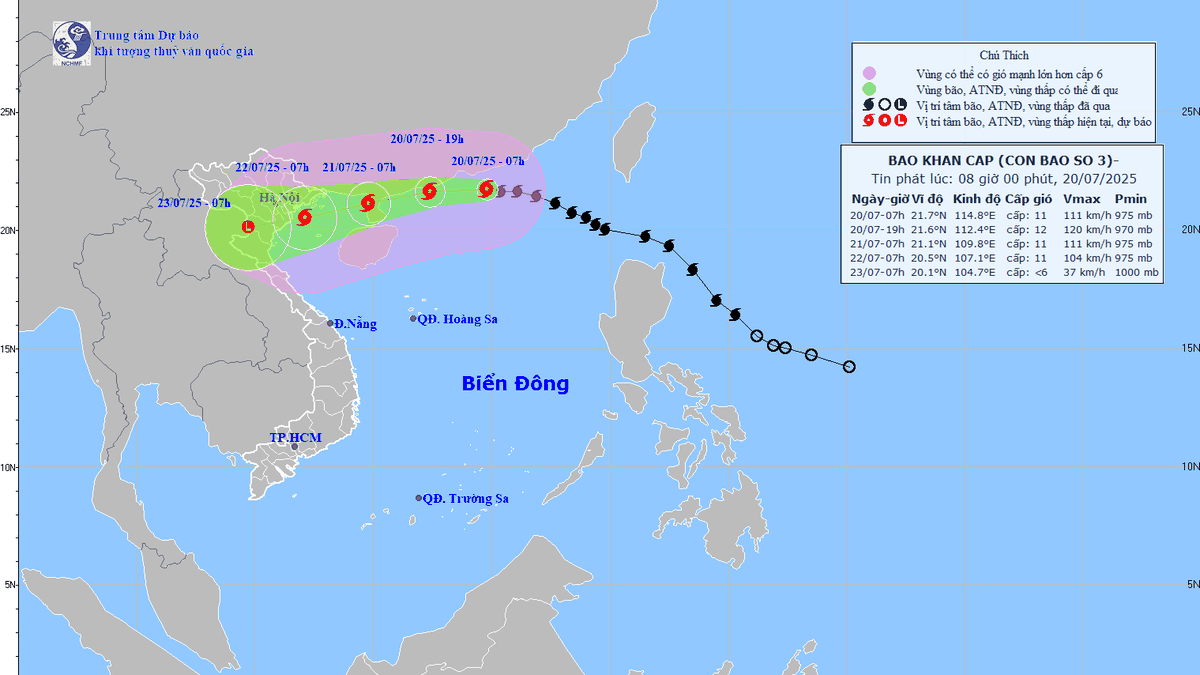
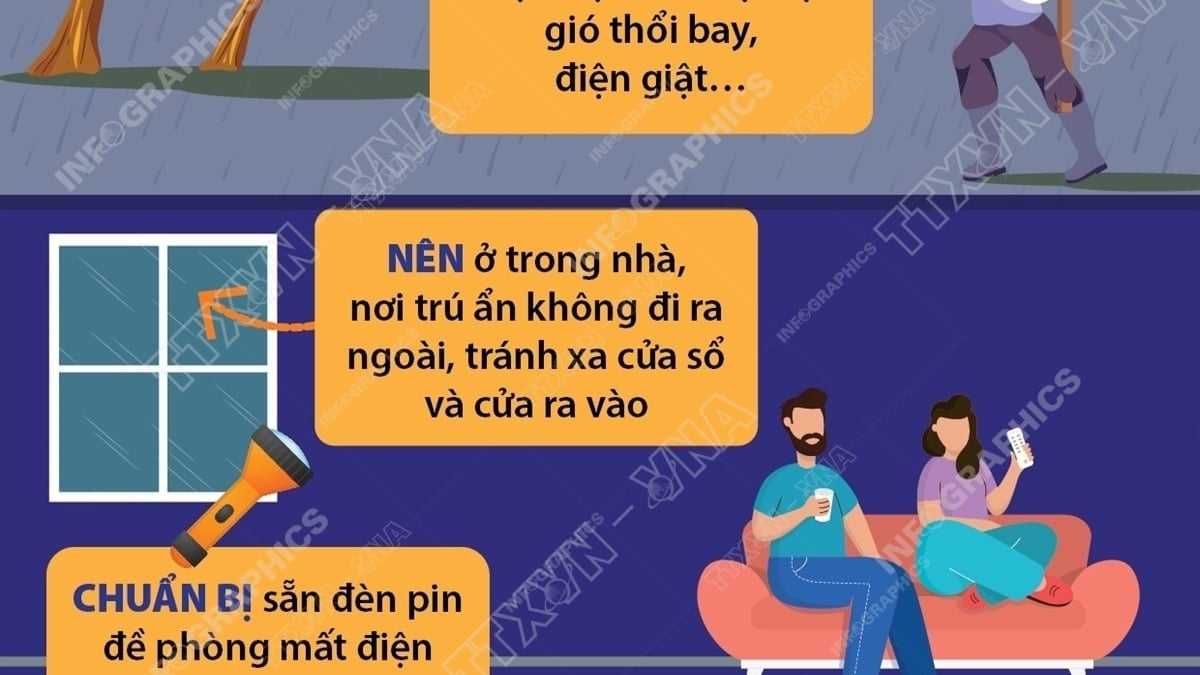




















































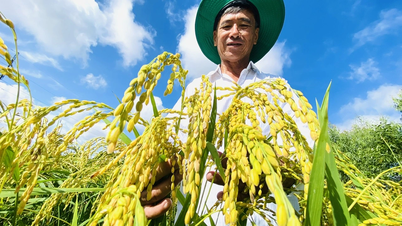
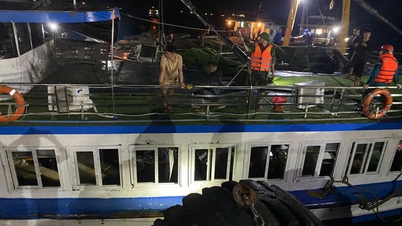
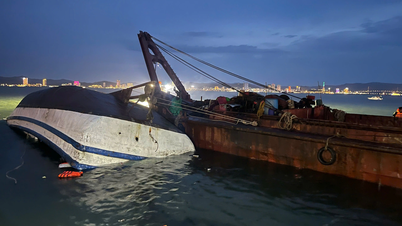

































Comment (0)